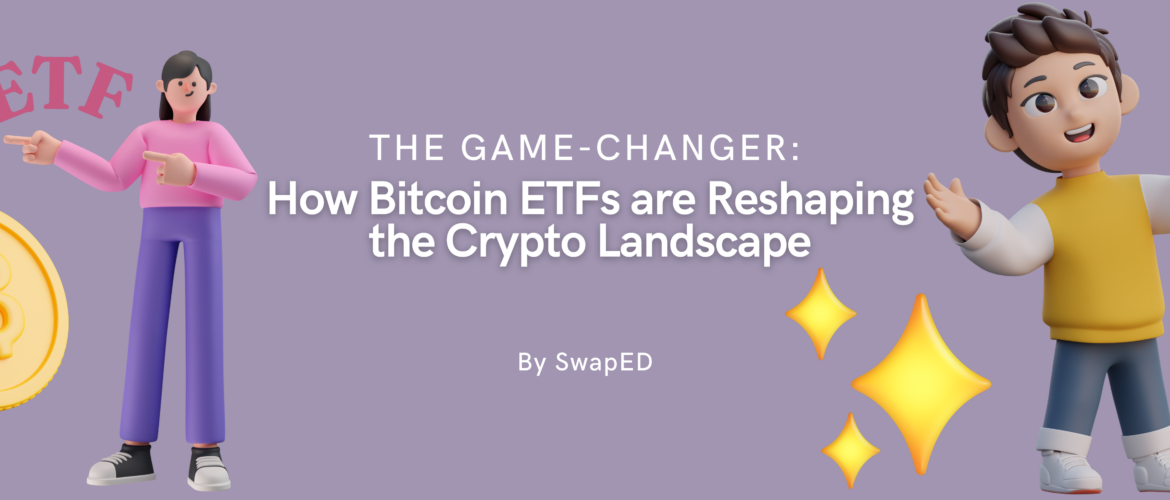
The metaverse-a convergence of virtual and physical realities-is rapidly becoming a transformative space for social, economic, and cultural interactions. Originally conceptualized by Neal Stephenson in Snow Crash (1992), today’s metaverse is powered by a suite of cutting-edge technologies. As its projected market value grows exponentially-expected to reach over $500 billion by 2030-understanding the technological forces behind it becomes vital.
In this blog, we explore how various emerging technologies-including AI, VR, AR, MR, XR, 3D modelling, blockchain, digital twins, and haptic devices-collectively shape this new digital universe.
Artificial Intelligence (AI): The Brain of the Metaverse
AI enables machines to simulate human cognition, allowing them to learn, predict, and make decisions.
In the metaverse, AI facilitates:
- Seamless user experiences through real-time network optimization (e.g., Google Stadia).
- Human-like interactions via AI-powered avatars and chatbots (e.g., Second Life).
- Dynamic environments, including art generation and behavior-responsive NPCs.
However, ethical and technical challenges persist, including privacy concerns, algorithmic bias, and the need for high computational power.
Haptic Devices: Touching the Virtual
Haptic technologies offer tactile feedback, enhancing realism in virtual experiences. These include:
- Wearables like gloves and suits for force feedback.
- Handheld controllers delivering vibrations and resistance.
Their applications span gaming, remote surgery, and training simulations, but high costs and technical limitations—like replicating soft textures—remain barriers.
Virtual Reality (VR): Fully Immersive Digital Worlds
VR offers complete immersion into simulated environments through headsets and sensory feedback devices. In the metaverse, VR facilitates:
- Remote collaboration and education
- Virtual tourism and interactive exhibitions
- Enhanced commerce, including real estate and NFT showcases
Despite its promise, VR faces hurdles such as high equipment costs, motion sickness, and privacy vulnerabilities.
Augmented Reality (AR): Enriching the Physical World
AR overlays digital content onto the real world using smartphones or AR glasses. It enhances:
- Construction, education, and healthcare training
- Retail and virtual shopping
- Real-time navigation and visualization
Advantages include greater accessibility than VR, but AR can be limited by environmental conditions, privacy risks, and device dependency.
Mixed Reality (MR): The Best of Both Worlds
MR blends VR and AR, enabling interactive, real-time manipulation of digital and physical objects. Technologies like Microsoft HoloLens exemplify MR's potential in:
- Medical applications
- Collaborative design and manufacturing
- Spatial computing
Challenges include hardware complexity, cost, and psychological effects like eye strain.
Extended Reality (XR): The Umbrella Ecosystem
XR is a collective term for VR, AR, and MR. It supports:
- Cross-platform integration
- Interdisciplinary innovation with AI, IoT, and 5G
- Immersive learning and global collaboration
XR faces challenges tied to infrastructure, data privacy, and health risks like fatigue or overexposure.
3D Modelling and Animation: Building the Metaverse
Tools like Blender and Unreal Engine allow the creation of realistic 3D environments, avatars, and objects. These are foundational in:
- Game development (e.g., Fortnite)
- Architecture and manufacturing
- Healthcare visualizations
Limitations include steep learning curves, resource intensity, and ethical concerns like deepfakes.
Blockchain: Trust, Ownership, and Decentralisation
Blockchain introduces decentralised trust models using cryptography, enabling:
- Digital ownership via NFTs
- Smart contracts for secure automation
- Self-sovereign identity and decentralised governance
While revolutionary, blockchain struggles with scalability, energy consumption, and regulatory ambiguity.
Digital Twins: Real-Time Virtual Replicas
Digital twins mirror physical entities, enabling real-time monitoring, simulation, and optimization. They’re used in:
- Smart cities and manufacturing
- Healthcare for personalized treatment
- Fleet and asset management
Their success depends on data fidelity, integration with AI and IoT, and privacy safeguards.
The Synergy: It’s Not One Technology—It’s All
The future of the metaverse is not dictated by a single technology, but by the convergence of many. For example:
- AI personalizes experiences, while haptics make them tangible.
- VR and AR immerse users visually; MR and XR integrate them seamlessly.
- Blockchain ensures trust, and digital twins provide dynamic real-world links.
- 3D tools construct the virtual architecture of these experiences.
This technological ecosystem, when integrated, can transform how we live, work, and interact in digital spaces.
What’s Next?
The metaverse is being constructed at the intersection of emerging technologies. Each has its strengths, limitations, and ethical considerations. But together, they form a comprehensive infrastructure for immersive, interactive, and decentralised digital experiences.
Future trends to watch: quantum computing, neural interfaces, biometric security, edge computing, and 5G—all poised to augment metaverse capabilities further.
The metaverse is not just a buzzword. It is the blueprint of our next digital era.
SwapED
Categories
Recent posts


Revolutionizing Governance: The Rise of ...
8 Oct 2024
The Game-Changer: How Bitcoin ETFs are ...
8 Oct 2024
Navigating the Web3 Wave: A Beginner’s ...
8 Oct 2024
Unleashing the Power of Smart Contracts: ...
28 Aug 2024🚀 Get 20% OFF Your Subscription!

Join SwapED today and save 20% on all plans. Use Code SWAPED20 at checkout.



